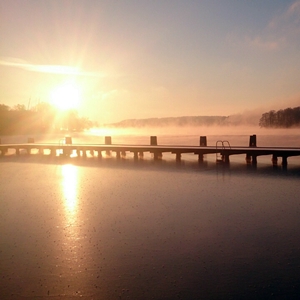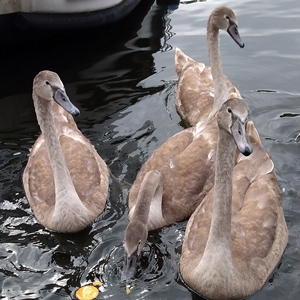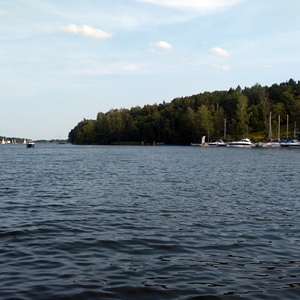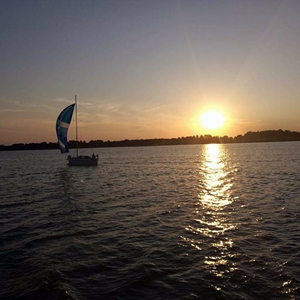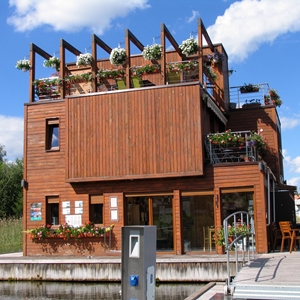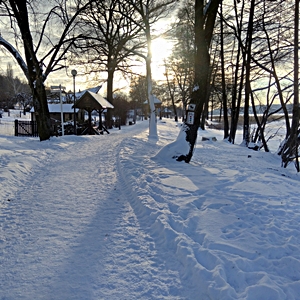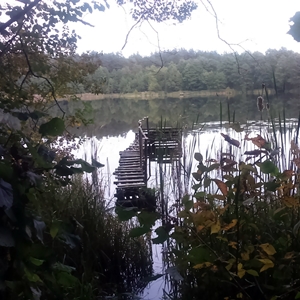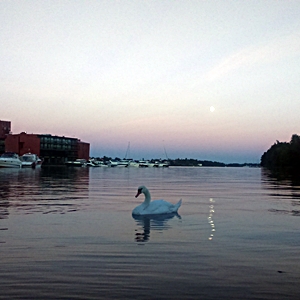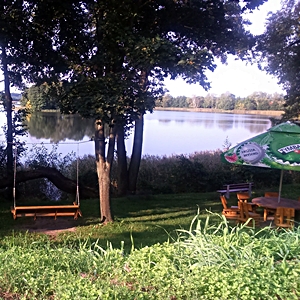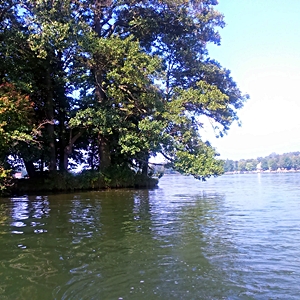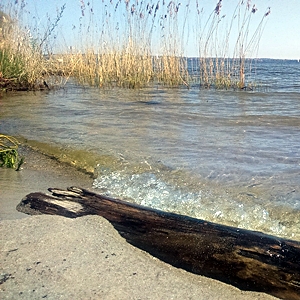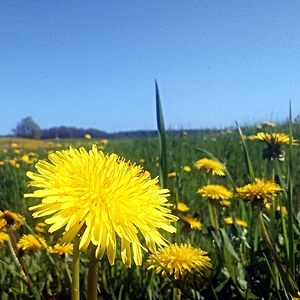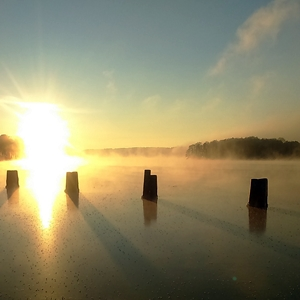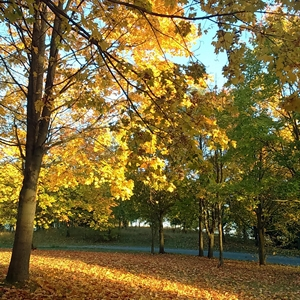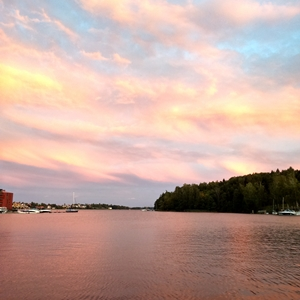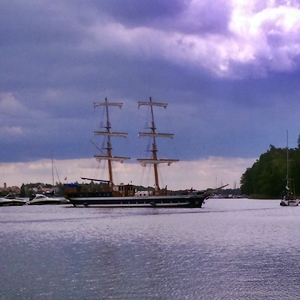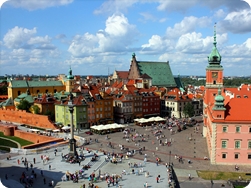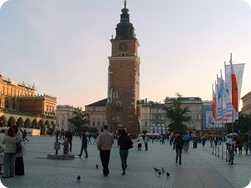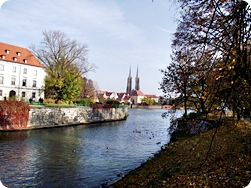
The Land of Great Masurian Lakes
The Land of Great Masurian Lakes
Also referred to as the Land of a Thousand Lakes (Kraina Wielkich Jezior Mazurskich) is a very picturesque area of Poland with it's network of forests, streams, rivers and canals binding numerous lakes together in a post-glacial trough in the direction north to south.
This creates a perfect region for those that love nature and wish to explore in summer by walking, biking, canoeing or sailing and in winter offering skiers and ice-boaters this expanse of water. It is also a heaven for anglers, ornithologists and hunters alike with room for everyone.
Thank you to MARINA MIKO MIKOŁAJKI for the images.
Geography of Great Masurian Lakes
The Great Masurian Lake district (Kraina Wielkich Jezior Mazurskich) lies to the east of the city of Olsztyn which is on the Łyna River in north eastern Poland. The region has it's centre at Lake Śniardwy, 114 sq km being Poland’s largest lake and Lake Mamry, 104 sq km. The third largest lake is Niegocin at 27 sq km. The deepest lakes are, Tałty 51 metres, Buwełno 49 metres and Harsz 47 metres. More than 15% of the area is covered by water and forest makes up another 30%.
Formed by the last glaciation there are moraines and sandbars but no high elevations and the highest point is located near to the village of Jeziorko and is just 198 meters above sea level. The Masurian lakes include finger lakes which are narrow and deep, moraine being flat and shallow and bowl shaped that are small bodies of water.
The Largest Masurian Lakes
| Name of Lake | Area | Depth |
| Śniardwy | 113.8 km2 | 23.4 m |
| Mamry | 104.5 km2 | 43.8 m |
| Niegocin | 26.7 km2 | 39.7 m |
| Tałty (including lake Ryńskie) | 9.1 km2 | 50.8 m |
| Roś | 18.9 km2 | 31.8 m |
| Nidzkie | 18.3 km2 | 23.7 m |
| Bełdany | 9.4 km2 | 46.0 m |
| Gołdapiwo | 8.6 km2 | 26.9 m |
| Mikołajskie | 5.0 km2 | 26.0 m |
The Longest Rivers within the Masurian Lakes Basin
The river network is not extensive with the greatest tributary of the Great Lakes Valley being the Krutynia starting at the Mrągowo Lake District flowing into Lake Bełdany. The Sapina river starts it course in the Borecka Forest and flows into Lake Święcajty. Both these rivers are popular with canoeists. The only river to take its course out of the lakes is the Pisa flowing southwards. Another river called the Węgorapa runs northwards to the river Pregoła and is described as the most picturesque.
| Name of River | Length | Description |
| Krutynia | 100 km | Longest tributary of the Masurian Lakes basin. Flows through 17 lakes, 8 rivers, 3 dams and 1 lock. |
| Sapina | 36 km | Flows from Lake Kruklin through Lake Gołdapiwo through the lock at Przerwanki and onwards through lakes Wilkus, Pozezdrze, Stregiel and arrives at Lake Święcajty. |
| Pisa | 80 km | Flows from Lake Roś near the town of Pisz, and is a tributary of the Narew, connecting the Masurian lake region with the River Vistula out into the Baltic Sea. |
| Węgorapa | 172 km (within Poland 52 km) | Flows from Lake Mamry through Węgorzewo merging with Pregoła with the rest in the Russian region of Kaliningrad. |
Canals of Masurian Lakes District
The Masurian Lakes have been used by the local population to navigate around the region for a long time but it was the Teutonic Knights from Germany that came up with the idea of linking the lakes, rivers and canals for their own military and financial purposes. It was in 1379 Winrich von Kniprode, the Grand Master travelled from Węgorzewo via lakes and rivers to Malbork. The idea of linking a network did not go quite to plan and it was not until 1525 at the creation of the Duchy of Prussia that the idea was revived.
It was left to Józef Naroński the leading cartographer for the Prussian duke to survey the area from 1660 to 1687 and continued by Samuel Suchodolski and his son so that by 1744 the complete plan was ready. It was constructed between 1765 and 1772 with Lake Mamry linked by means of canals with Lake Niegocin. The Jeglinski Canal linking Lake Śniardwy with Lake Roś was constructed between 1845 and 1849. The network using five canals and linking Lake Tałty with Lake Niegocin was completed in the period 1854 to 1857.
1857 saw a steam passenger service started covering 87 km on the route Pisz via Giżycko to Węgorzewo with another route Ryn via Fort Lyck, Bełdany to Guzianka in June 1854. The Great Masurian Lakes navigation being the longest currently in Poland and having a length of 126 km with other navigations of the main one amounting to some 200 km.
| Name | Length | Links |
| Tałcki | 1.62 km | Lake Tałty with Lake Tałtowisko. |
| Lelecki (Grunwaldzki) | 0.47 km | Lake Tałtowisko with Lake Kotek Wielki. |
| Mioduński | 1.92 km | Lake Kotek Wielki with Lake Szymon. |
| Szymoński | 2.36 km | Lake Szymon with Lake Jagodne. |
| Kula | 0.11 km | Lake Jagodne with Lake Boczne. |
| Luczański (Giżycko) | 2.13 km | Lake Niegocin with Lake Kisajno (Mamry) |
| Węgorzewski | 0.92 km | River Węgorapa - Intersection within the river to shorten a bend. |
| Jegliński | 5.25 km | Lake Roś with Lake Seksty. |
| Niegociński (Wilkaski) | 1.20 km | Lake Niegocin with Lake Tajty. |
| Piękna Góra | 0.10 km | Lake Tajty with Lake Kisajno. |
| Nidzki | 0.10 km | Lake Guzianka Wielka with Lake Nidzkie. |
| Mazurski | 51.50 km | Lake Mamry with the River Łyna - Within Poland 22 km but the canal was never completed. |
Wildlife and Nature of Land of Great Masurian Lakes
As you would expect from such an area of lakes and forest, it provides a fantastic habitat for many animals and plant species. The largest woodland areas are located in the south of the region including on the banks of Lake Bełdany.
Here you will find coniferous forests with pines and spruces along with Oaks, Birch, Ash and Alder a delight to any nature loving person.
Due to a diversified and rich habitat of forests, lakes, bogs and meadows many species of animals can be found in the Land of Great Masurian Lakes including elks, deer, wolves, bobcats, ermines and beavers. More popular wild animals such as roes, boars badgers, hares and foxes are located in this wonderland.
Some 200 species of birds are to be found among the Masurian Lakes, including Terns, Ducks, Swans, Herons, Sea Gulls, Storks (one of the symbols of Masuria and Poland), Cormorants, Golden Eagles and the White Tailed Eagle. This is a bird lovers paradise.
The Piska Forest
Located in the south-west of the Land of Great Masurian Lakes, the Piska Forest covers an area of 1,000 km2 and was once home to the Galands who named it the Galindzka Forest. It is the largest forested area in Poland and consists of a unique combination of coniferous trees, lakes and rivers made up of mainly pines and spruces but also including deciduous trees like Oaks, Maples, Birches and Hornbeams. Formerly known as the Jańsborska wilderness, Puszcza Piska it takes the name from the River Pisa which borders the forest along its west bank. Some of the Oaks found here are reckoned to be around 400 years old.
Lakes found within the boundary of the forest include Bełdany, Nidzkie, Mokre and Pogubie as well as some smaller ones.
The Piska Forest is a great place to explore and has abundance of fungi, raspberries, wild strawberries, blueberries and blackberries. The creation of the Masurian Landscape Park was an important step in the protection of this wild wonderland.
Things to do in the Masurian Lakes
If you love nature and enjoy simple pleasures like boating, walking, cycling, horse riding, fishing, canoeing and peace, the Land of Great Masurian Lakes will delight you and feed you with health. Until recently, it was mainly the domain of the Polish and Germans but is now being discovered for its tranquillity and beauty by other nationalities. When I visited the area a few years ago English was not widely spoken so take a Polish phrase book with you and have some fun. German is widely spoken.
If you prefer the city nightlife there are numerous larger towns and cities in Poland for you to explore, the Masurian Lake district is probably not for you.
Boating
Some say there are nearly 2000 lakes but not all are fit for boating. Marinas can be found on the larger lakes where you can hire both day and longer term boats so you can explore the lakes.
The Land of Great Masurian Lakes is one of the great kayaking spots in Europe with many kilometres of signposted trails which can keep you paddling for days, through stunning forests and lakes filled with wildlife. The best known is the Krutynia Trail, which begins near the village of Sorkwity and ends about 115km further down the trail at the town of Ruciana-Nida. A number of companies rent kayaks and canoes ranging for the beginner to the sports extremist.
| Name & Website | Place | Type |
| AS-TOUR | Krutyń 4, 11-710 Piecki | Kayaks and Canoes |
| MARINA MIKO MIKOŁAJKI | ul. Aleja Spacerowa, 11-730 Mikołajki | Hire Cruisers |
Cycling
If you enjoy cycling the Land of Great Masurian Lakes could be an option for you as the area is known as the green lungs of Poland with a landscape of gentle hills, enchanting lakes, rustic farmhouses, quiet villages, and kilometres of tranquil forest waiting for you to enjoy. Take a look at Cycling Poland for more information on holidays on two wheels.
Historical Background of the Masurian Lakes
During the Middle Ages and until about the 13th century the Land of Great Masurian Lakes was inhabited by a Prussian tribe called the Galinds. In disputes and wars they were defeated by the Prussians and the Jatvings and in 1226 Duke Konrad Mazowiecki bought the Teutonic Knights to Poland creating a new state known as the Monastic State of the Teutonic Knights, on the political map of the medieval period. In 1254 Pope Innocent IV declared the former lands of the Galinds be given to the Mazovian dukes but a year later Kuyavian duke Casimir gave the land to the Teutonic Knights in exchange for the land of Lubawa.
Within a hundred years the name Galinds had disappeared from the historic records with only the names of some of the villages and some of the vocabulary still used until the 17th century. The Teutonic Knights during this period were unable to settle in the eastern part of the Monastic State due to raids by the Lithuanians.
In accordance with the Treaty of Toruń in 1466 the Land of Great Masurian Lakes stayed within the borders of the Monastic State and after the Prussian Homage in 1525 it was fully incorporated into the Duchy of Prussia.
With Polish kings being engaged in eastern wars and dynastic concerns the Duchy of Prussia remained a largely autonomous vassal of the Polish-Lithuanian Commonwealth until 1657, when the Prussian, Frederick William (Great Elector) of Brandenburg took over the full sovereignty of the region.
1701 saw elector Frederick III crown himself King as, King Frederick I of Prussia creating a strong absolutist state which was to play a greater role during the partitions of Poland.
The Land of Great Masurian Lakes between the 14th and 17th century saw many Polish citizens settle from the region of Mazovia bringing their own language and customs and culture, founding new settlements including churches and creating their own communities. The name Masuria comes from these new settlers from Mazovia. During this period the Polish language prospered and education was at the forefront with new secondary schools set up and the Konigsberg University (now part of Russia and known as Kaliningrad in 1946). It was founded in 1544 as second Protestant academy, after the University of Marburg, by Duke Albert of Prussia, and was commonly known as the Albertina. Abraham Kulwieć and Stanisław Rafajłowicz were among the first professors.
A plague in the period from 1709 to 1711 reduced the population greatly and afterwards the region was inhabited by settlers from Germany with the native Polish not being allowed to inhabit the region.
In the census of 1825 it was recorded that a high percentage of the population was made up of Polish citizens but during the 19th century a process of Germanisation was introduced and the land was renamed Masurenland. The language was also adapted, being a mixture of Polish and German and was known as Masurian.
However, the Polish began to revolt against Prussian rule and activists such as Gustaw Gizewiusz, Krzysztof Celestyn Mrongowiusz and Wojciech Kętrzyński were at the centre of the struggle. This Germanisation continued into the 20th century when all the names of the towns were made fully German and Polish activists were increasingly persecuted with the onset of WWII all Polish organisations and resistance was obliterated by the remaining activists being sent to concentration camps.
After 1945 and the end of WWII the Land of Great Masurian Lakes was incorporated into Poland and the Allied Control Council on the 25 February 1947 formally proclaimed the dissolution of the Prussian state. On the 14 March 1947 the Masurian District was created being made up of 27 administrative areas and covering about an area of 27,000 km2.
After WWII the population of the Land of Great Masurian Lakes was subject to more persecution as they were perceived to be mainly German.
The Land of Great Masurian Lakes
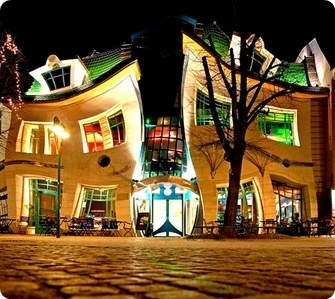
Accommodation
The Land of Great Masurian Lakes has every type of accommodation available from simple rooms to the grand hotels.
Accommodation

Regional Food
One of the delights of travelling is to eat local food. The Land of Great Masurian Lakes will not be a disappointment to you.
Regional FoodHighlights
Mazury Marina Miko
The Land of Great Masurian Lakes - David's Travel Guides


